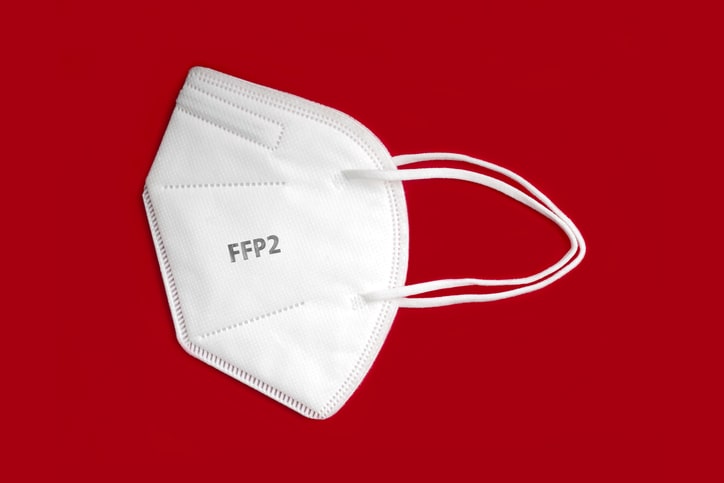
There are unique risk factors for compromised bone health among children with glomerular disease. According to Amy J. Goodwin Davies, PhD, and colleagues, there are few data available on skeletal complications in that patient population.
The retrospective cohort study utilized data from PEDSnet, a national network of pediatric health systems with standardized health record data for more than 6.5 million patients from 2009 to 2021. Results were reported in the Journal of the American Society of Nephrology [2022;33(12):223302246].
Using Poisson regression analysis, the researchers compared incidence rates (per 10,000 person-years) of fracture, slipped capital femoral epiphysis (SCFE), and avascular necrosis/osteonecrosis (AVN) in 4598 children and young adults with glomerular disease with rates among 553,624 general pediatric patients.
The cohort with glomerular disease was identified using a published computable phenotype. Inclusion criteria for the general population cohort were two or more primary care visits >1 year apart, 1 to 21 years of age, one visit or more every 18 months if followed ≥3 years, and no chronic progressive conditions, defined by the Pediatric Medical Complexity Algorithm. SNOMED-CT diagnosis codes were used to identify fracture, SCFE, and AVN; fracture required an associated x-ray or splinting/casting procedure within 48 hours.
Compared with the general pediatric cohort, there was a higher risk of fracture for the glomerular disease cohort in girls only (incidence rate ratio [IRR], 1.6; 95% CI, 1.3-1.9). Risks of hip/femur and vertebral fracture were increased in the glomerular disease cohort (adjusted IRR 2.2; 95% CI, 1.3-3.7 and 5; 95% CI, 3.2-7.6, respectively). The adjusted IRR for SCFE was 33.4 (95% CI, 1.9-5.9) and 56.2 (95% CI, 40.7-77.5) for AVN.
In conclusion, the authors said, “Children and young adults with glomerular disease have significantly higher burden of skeletal complications than the general pediatric population.”







 © 2025 Mashup Media, LLC, a Formedics Property. All Rights Reserved.
© 2025 Mashup Media, LLC, a Formedics Property. All Rights Reserved.